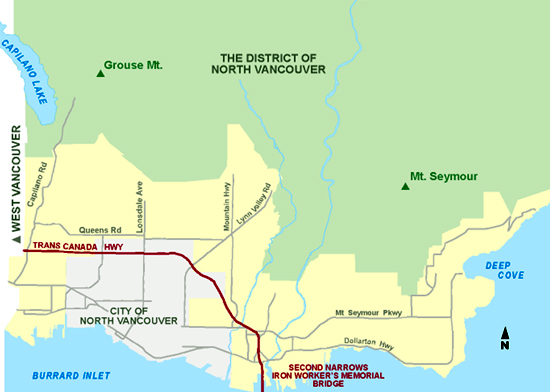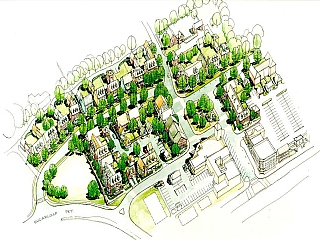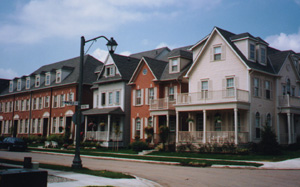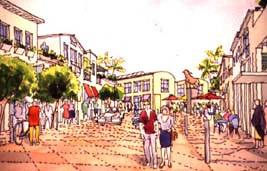
|
|
 |
The District of North Vancouver is located in the Southwest corner of British Columbia within the Greater Vancouver Regional District. Located on the lower slopes of the North Shore Mountains, in the southern regions of the Coast Mountain Range, North Vancouver is world-renowned for its outdoor recreational possibilities. Many residents enjoy the nearby wilderness through various activities such as mountain-biking, hiking, skiing, kayaking, windsurfing, and others. This active, outdoor lifestyle an dintense appreciation of nature has become equated with North Vancouver. The challenge for District planners is to accommodate an increasing population within a restricted area without altering the natural aesthetics through urban sprawl up the slopes of the mountains. |
 |
 |
 |
I chose to look at this project as I have worked with the DNV looking at some planning issues surrounding recreation center development. My exposure to the planning process, coupled with my current studies in sustainable development, naturally lead me towards this project. As the DNV is predominantly a single-family dwelling community, it is difficult to implement the strategy of denser housing stock within the region without altering the face of the DNV. However, with the increased desire for new residents to the region to live here, denser housing is preferable to increased infiltration into current wilderness areas.